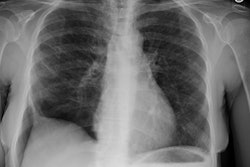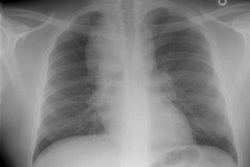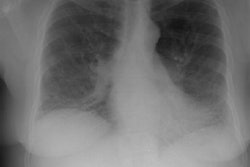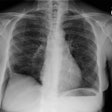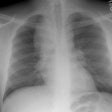Usual interstitial pneumonia: relationship between disease activity and the progression of honeycombing at thin-section computed tomography.
Lee JS, Gong G, Song KS, Kim DS, Lim TH
The authors estimate the relationship between the progression of honeycombing and disease activity of usual interstitial pneumonia (UIP) by open lung biopsy specimen and ground-glass opacity on thin-section computed tomography (CT). Open lung biopsy specimens and the initial and follow-up thin-section CT of 29 patients with proven UIP are reviewed. Follow-up thin-section CTs were performed from 2 to 61 months (mean, 15.3 months) after biopsy. The interval between the initial CT and open lung biopsy was from 2 to 30 days (mean, 10.0 days). Areas of ground-glass opacity and honeycombing were quantified respectively on each CT slice by using a 0%-100% scale with 10% increments. Each open lung biopsy specimen was scored semiquantitatively for alveolar desquamation, alveolar septal inflammation, inflammatory airway narrowing, obstructive pneumonitis, and lymphoid nodules. Patients were classified into either a mild or severe activity group according to the median value of the pathologic score and the median value of the area of ground-glass opacity. The authors compared the progression of honeycombing on follow-up thin-section CT between the groups. The progression of honeycombing in UIP was significantly faster in the severe activity group than in the mild group according to the pathologic score (p = 0.003) and the area of ground-glass opacity (p = 0.0024). In patients with UIP, more active inflammation of the pulmonary interstitium results in faster progression of honeycombing in long-term follow-up.

